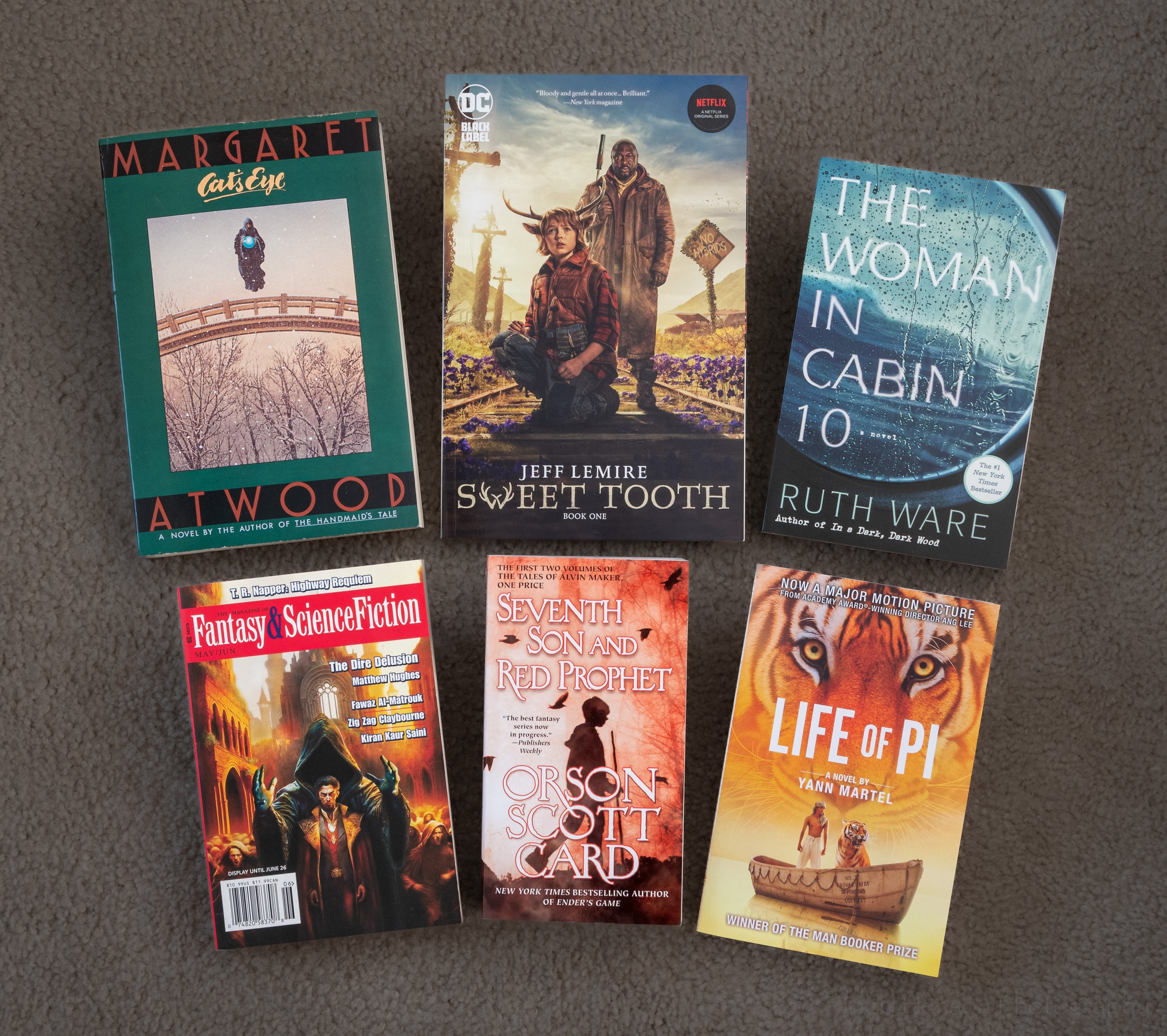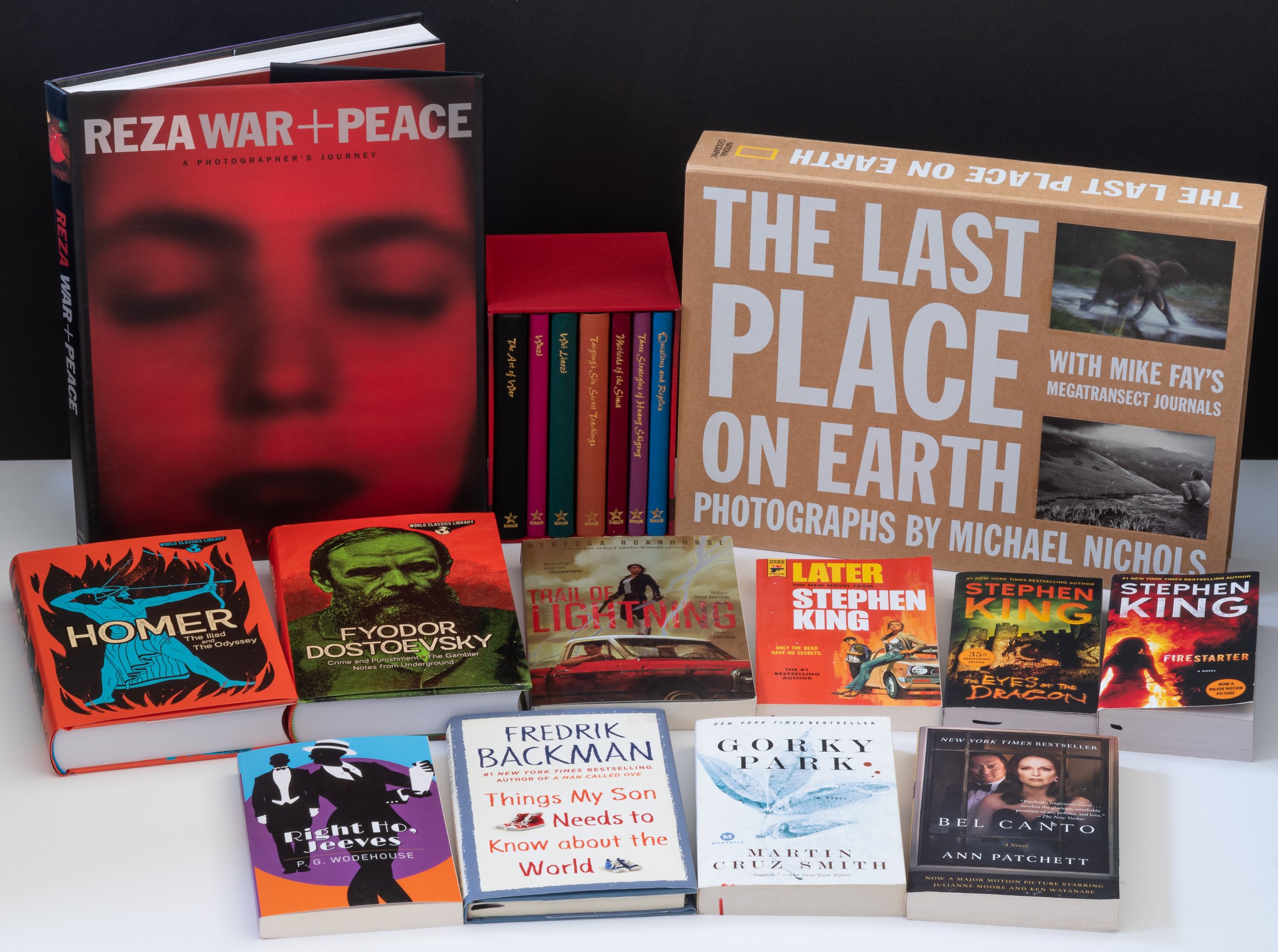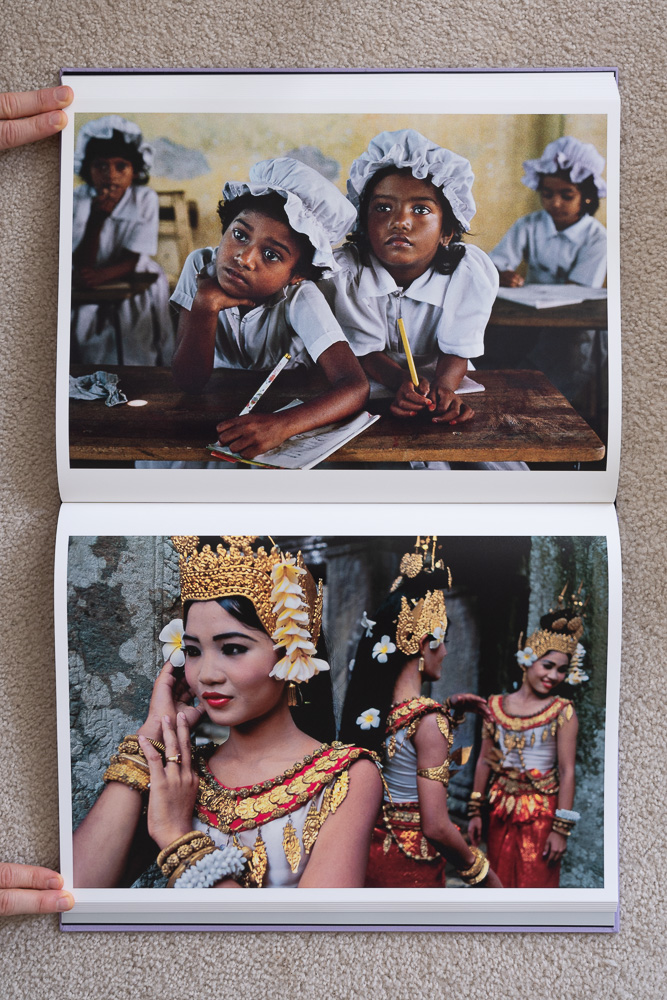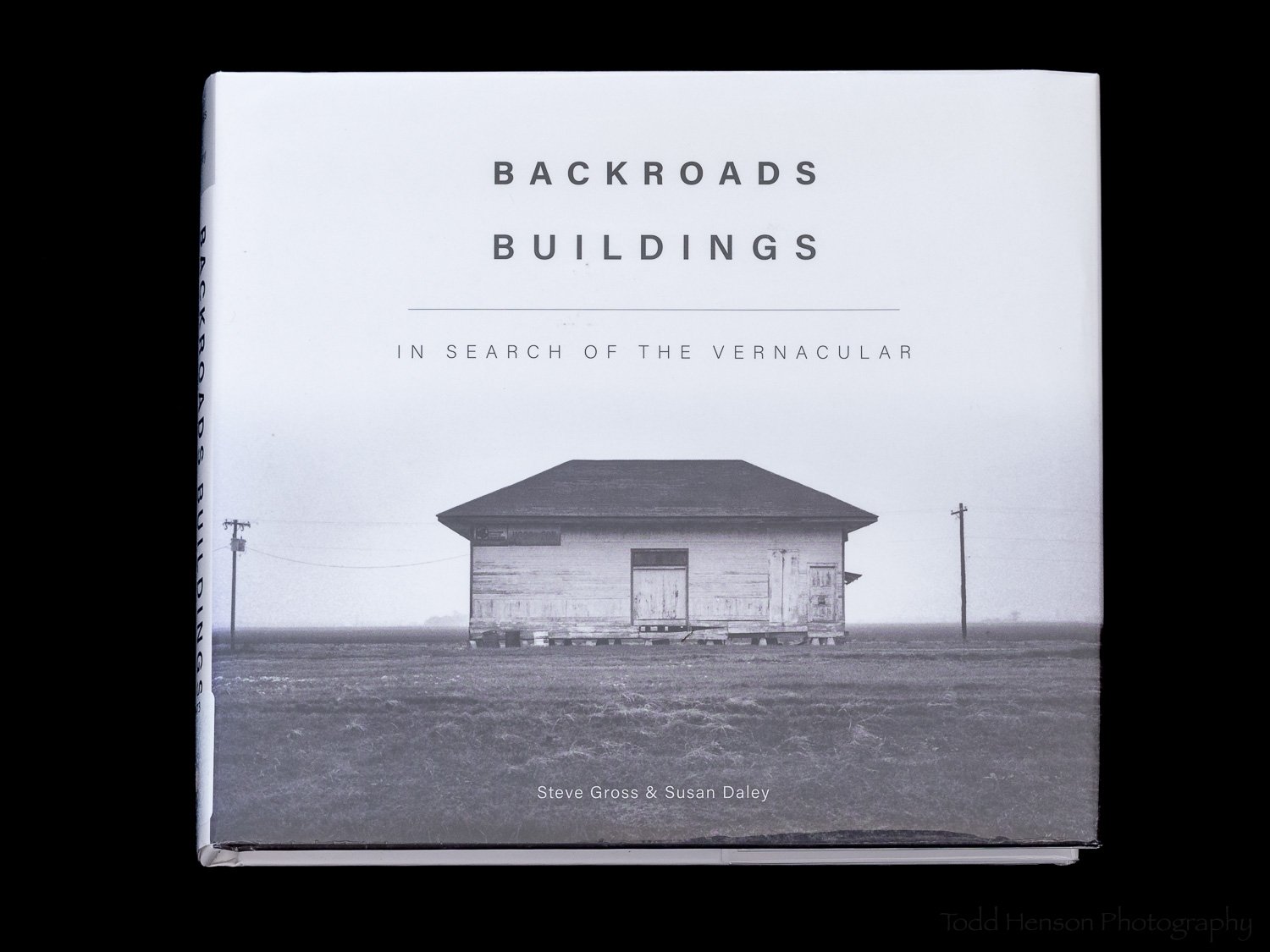This post contains affiliate links and I will be compensated if you make a purchase after clicking on these links. This is at no extra cost to you.
The subtitle to A Walk in the Woods is Rediscovering America on the Appalachian Trail. Bill Bryson had lived overseas for nearly 20 years before returning to the United States. He soon learned the Appalachian Trail passed through his new hometown and that realization spurred what would become a multi-month series of hiking expeditions along the Appalachian Trail, rediscovering his home country in the process.
I thoroughly enjoyed A Walk in the Woods. Bryson relates his experiences on the trail, most often accompanied by his friend, Stephen Katz. Bryson had hiked a bit when overseas, but never anything of the scale or difficulty of the AT. This led to some very interesting and funny experiences, many that seemed relatable even though I’ve never had those experiences myself. That’s one of the great pulls of this book, how very relatable it all is. Bryson has a way of writing that leaves you feeling as if you’ve been talking with a friend who just returned from this fantastic yet horrifying experience.
Bryson takes us on many excursions while relating his hiking experiences. He talks about the history of the AT, how it came to be and how it’s changed over the years. We learn about many of the locations along the trail, picking up bits of history that mesh beautifully with the overall story, enriching the tale. And we learn about some interesting people, those involved in the history of the trail, and others he meets while out hiking.
But some of the most enjoyable aspects of this book were the human interactions. When two friends who haven’t seen each in years are thrown back together, not in some city, but relying on one another for days at a time in the woods and mountains, their relationship is bound to change. It’s a fascinating and slow process of change. And it’s not just their relationship with one another that changes. Something like this can have life changing elements to it, changing how we look at the world and how we think about ourselves and our lives.
As an example, here is a quote from the beginning of the book, just after they started the hike:
“The hardest part was coming to terms with the constant dispiriting discovery that there is always more hill.”
The beginning of any endeavor of this magnitude is always difficult. You realize just how much more effort it will take than you’d realized, even though you thought you were fully prepared.
And another quote towards the end of the book, after their hiking had finished:
“It is a truly astounding sight when every tree in a forest becomes individual; where formerly had sprawled a seamless cloak of green there now stood a million bright colors.”
Experiences like this change you. You see the world in a different light, you notice things you might have previously overlooked, you gain a new appreciation for the world around you.
The beauty of a book such as A Walk in the Woods is how it can appeal both to those who’ve already had similar experiences and to those who haven’t. You can look on Bryson’s experiences with a fond memory of your own. Or you can vicariously experience them with him, imagining what it might be like if you were to try this yourself. And perhaps after reading this book, you just might give it a try, even if only through some local trails in your own town.
Thank you to my friend, who loaned me their copy of this book. I truly enjoyed it.
A Walk in the Woods by Bill Bryson. Highly recommended!
Do you enjoy these posts?
Sign up to receive periodic emails with updates and thoughts. Don’t worry, I won’t spam you. And please consider purchasing artwork or products from my online store, and using my affiliate links in the sidebar to the right when shopping online.
I appreciate your support!



























































